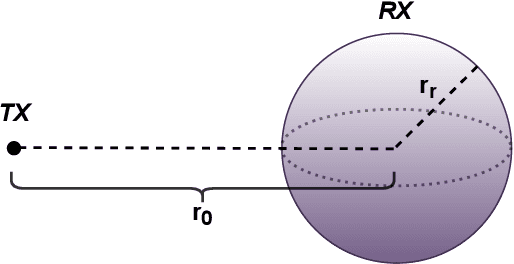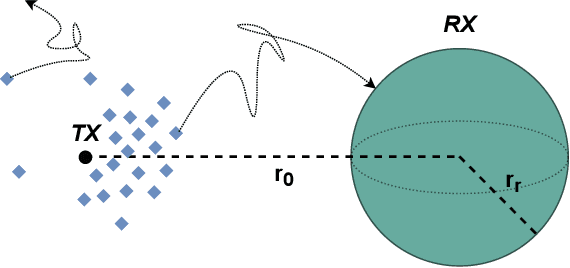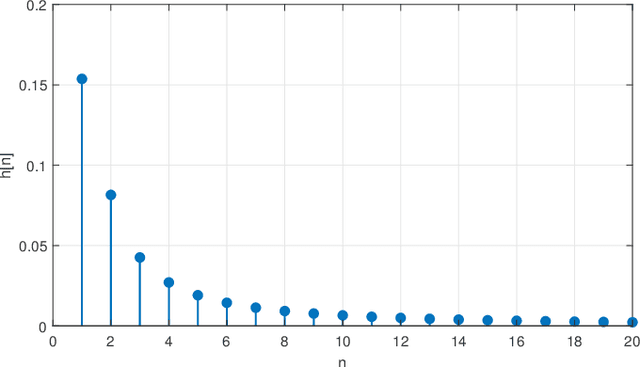Mustafa Can Gursoy
Higher Order Derivative-Based Receiver Pre-processing for Molecular Communications
Aug 17, 2021



Abstract:While molecular communication via diffusion experiences significant inter-symbol interference (ISI), recent work suggests that ISI can be mitigated via time differentiation pre-processing which achieves pulse narrowing. Herein, the approach is generalized to higher order differentiation. The fundamental trade-off between ISI mitigation and noise amplification is characterized, showing the existence of an optimal derivative order that minimizes the bit error rate (BER). Theoretical analyses of the BER and a signal-to-interference-plus-noise ratio are provided, the derivative order optimization problem is posed and solved for threshold-based detectors. For more complex detectors which exploit a window memory, it is shown that derivative pre-processing can strongly reduce the size of the needed window. Extensive numerical results confirm the accuracy of theoretical derivations, the gains in performance via derivative pre-processing over other methods and the impact of the optimal derivative order. Derivative pre-processing offers a low complexity/high-performance method for reducing ISI at the expense of increased transmission power to reduce noise amplification.
Towards High Data-Rate Diffusive Molecular Communications: Performance Enhancement Strategies
Jan 08, 2021



Abstract:Diffusive molecular communications (DiMC) have recently gained attention as a candidate for nano- to micro- and macro-scale communications due to its simplicity and energy efficiency. As signal propagation is solely enabled by Brownian motion mechanics, DiMC faces severe inter-symbol interference (ISI), which limits reliable and high data-rate communications. Herein, recent literature on DiMC performance enhancement strategies is surveyed; key research directions are identified. Signaling design and associated design constraints are presented. Classical and novel transceiver designs are reviewed with an emphasis on methods for ISI mitigation and performance-complexity tradeoffs. Key parameter estimation strategies such as synchronization and channel estimation are considered in conjunction with asynchronous and timing error robust receiver methods. Finally, source and channel coding in the context of DiMC is presented.
 Add to Chrome
Add to Chrome Add to Firefox
Add to Firefox Add to Edge
Add to Edge